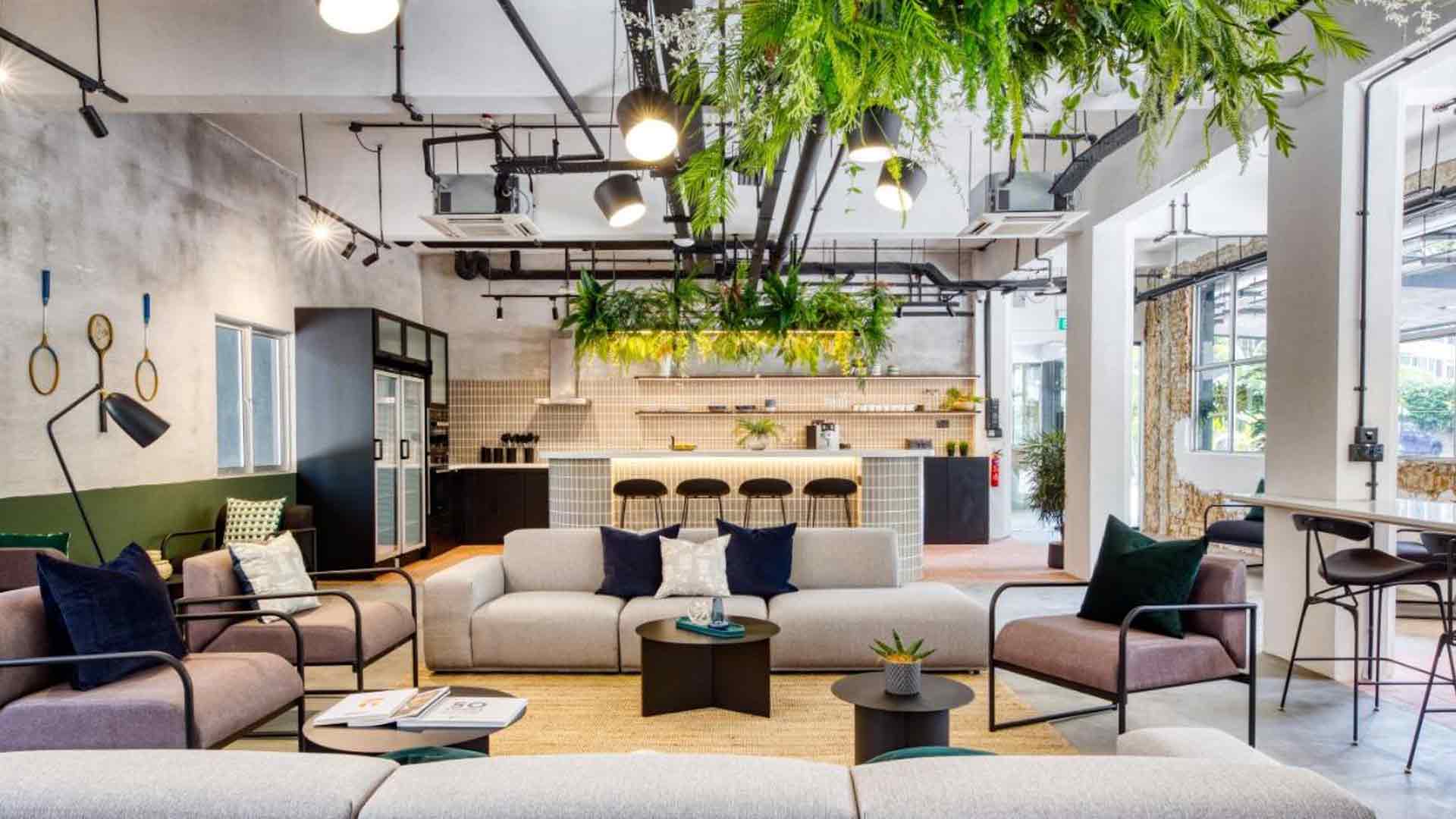What is Co-Living? The Hmlet example
Episode 1- Series - 1

While co-living has been around for a long time under different names, it is emerging into a popular business trend and evolving through included amenities and features. In a webinar, Hmlet Director of Revenue Nicolas Westen and Hmlet Cantonment Guest Services Manager Christopher Tsoi discussed the growth of co-living and how Hmlet is moving forward in the industry.
What Is Co-Living?
Co-living is simply a term for people living together in a shared space. There are different types of co-living spaces. Some are shared homes that put residents together as much as possible, while others provide private spaces with common living areas for residents to get together when they choose. Co-living may provide temporary housing or be more long-term.
Operating a Co-living Business
While people can create co-living situations on their own, businesses that facilitate the relationship provide some benefits. The main one is that they remove the burdens of doing it on your own, such as negotiating your own contract, furnishing the place and setting up utilities, Wi-Fi and other services. Co-living businesses take care of all of these factors and make it easy to move right in.
What Is the Future of Co-Living?
Co-living will continue to change and evolve. Cultural shifts may make it more common and popular, and Hmlet sees the hospitality industry going in this direction.
Hmlet’s plans for moving forward include focusing on matching the right location with the right building and the right product to the right customer. They want to:
1. Be more selective with locations
2. Diversify their products and price points, including catering to both shorter and longer stays
3. Add new services and evolve with a focus on making people’s lives easy and convenient
4. Hmlet plans to move forward with their model. Now that they have proven themselves, they want to grow through joint ventures, management contracts and other opportunities.
About Hmlet
Hmlet, as one of the representatives of Co-living companies in Singapore, was founded in 2016 by Yoan Kamalski and Zenos Schmickrath. It provides its members with a living experience paired with a curated community of like-minded individuals. The flexible lease options, fully furnished spaces, and on-demand services enable Hmlet to comfort its properties into dynamic environments. All the members of Hmlet have freedom and flexibility with their livings, including month-to-month flexible leases and opportunities to move into any of Hmlet’s other co-living properties in any other city or area whenever they need.
After knowing the concept of co-living, you may raise some questions: Why should I choose co-living rather than renting an apartment when I move to a new city? Should I choose co-living even when living in my own country? How is co-living evolving? Join us for a discussion on co-living with Hmlet, Asia-Pacific's fastest-growing co-living company!
